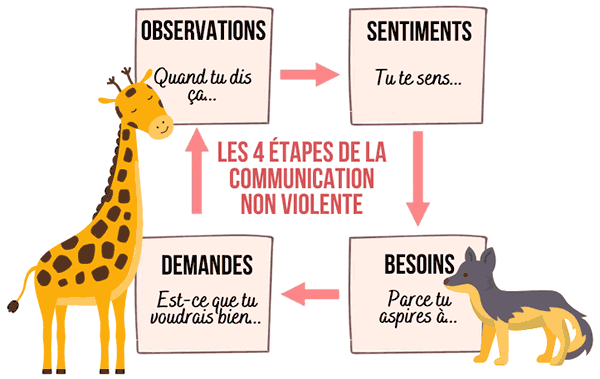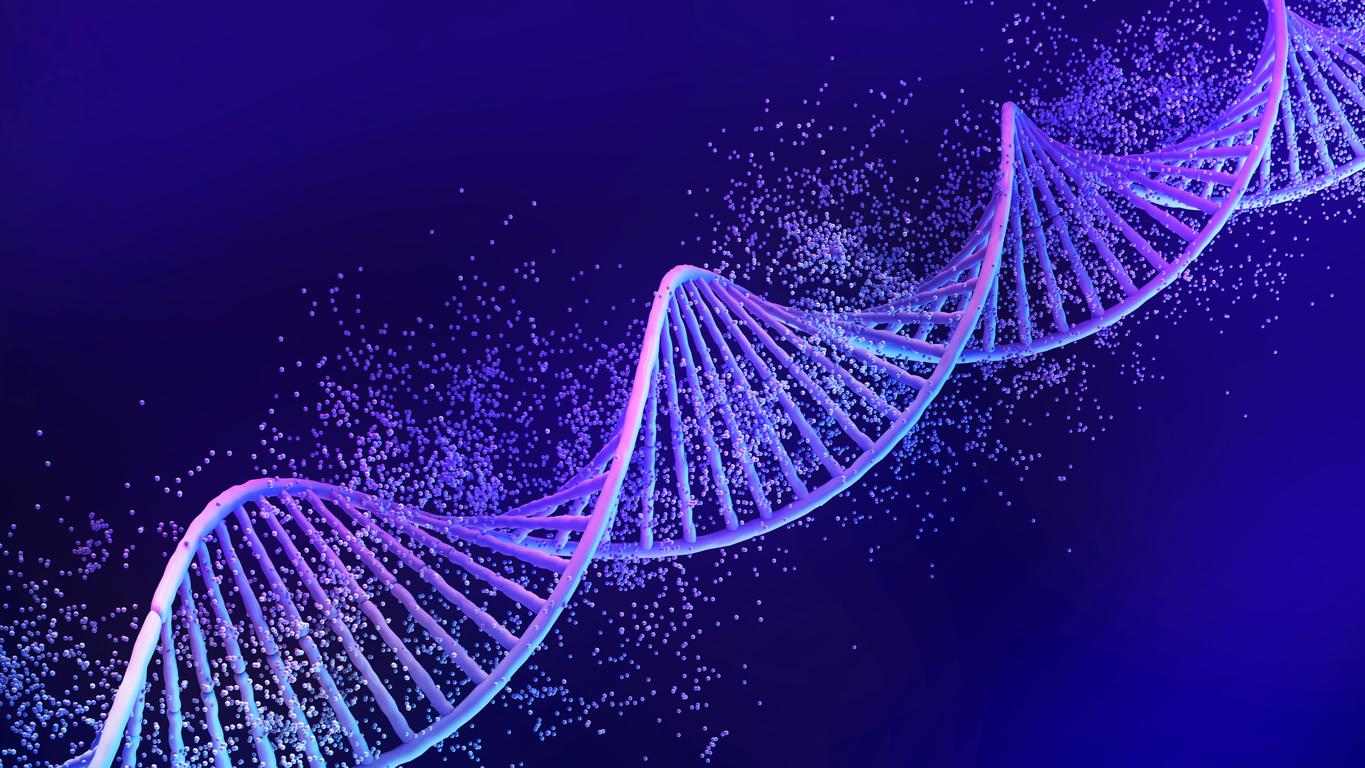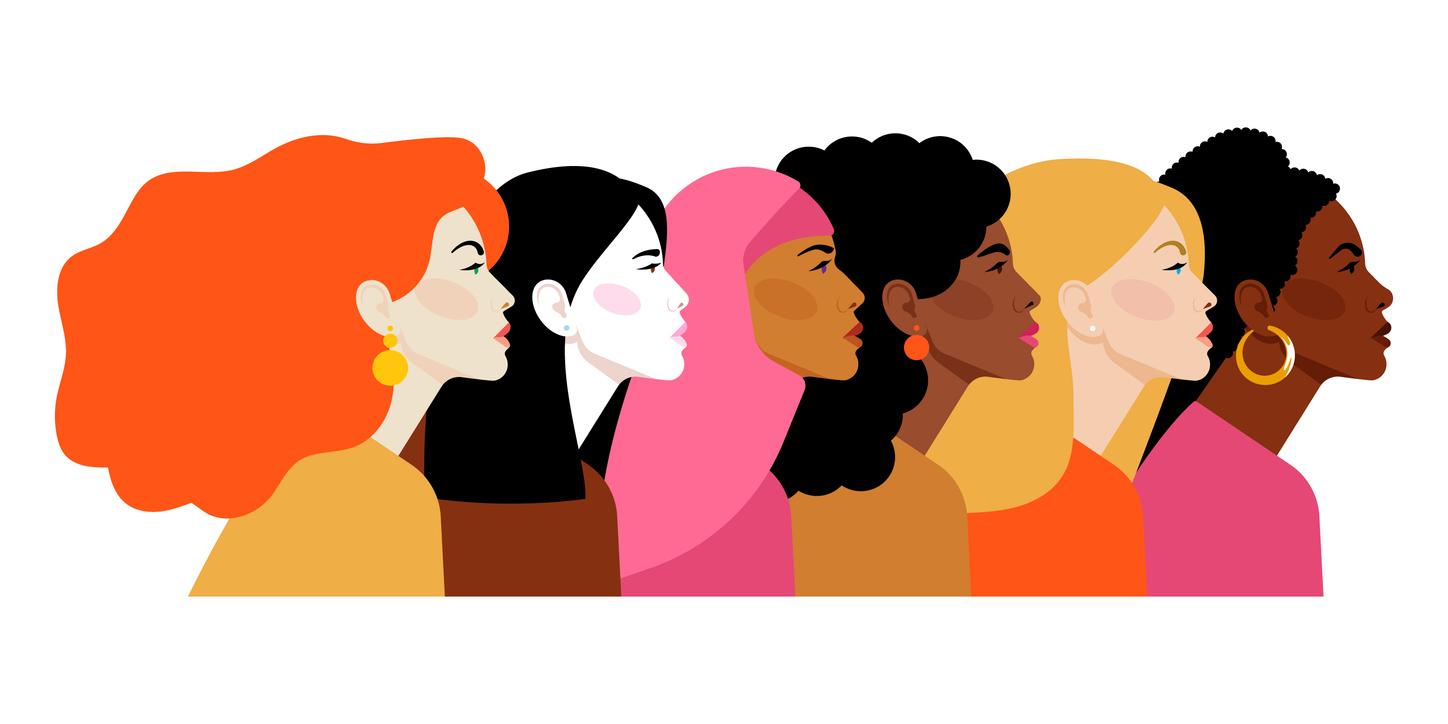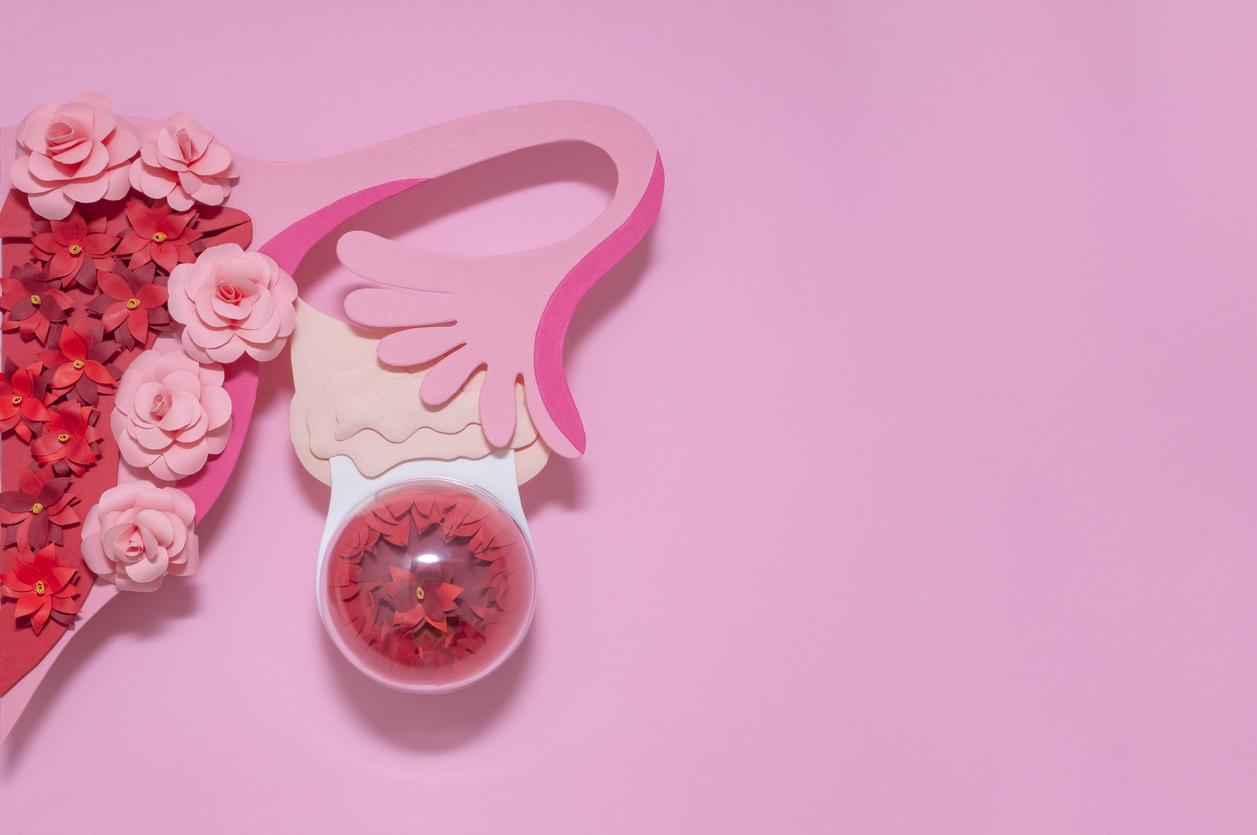Is the fertility of men higher or lower than that of women? INED answers you.

- In 2021, the average age at parenthood is almost three years higher among men, which echoes the age difference at the time of forming a couple, according to a new article from INED.
- The total fertility indicator was 1.87 children per man and 1.84 children per woman in 2021.
- “It is difficult to predict what the long-term effects of the aging of the birth calendar will be,” specifies the INED.
The latest article from INED (National Institute of Demographic Studies) compared the fertility of men to that of women and thus published new French figures on the subject.
“In 2021, the average age at parenthood is almost three years higher for men, which echoes the age difference at the time of union formation,” can we first read in the report. “The total fertility indicator for men is higher than that for women and has been since 2010, but the final fertility rate of men born in 1961 (1.96) is slightly lower than that of women of the same generation (2.09) “ develop the authors.
Fertility of men has exceeded that of women
In France, the total fertility indicator was 1.87 children per man and 1.84 children per woman in 2021. Measured over the same age range (18-50 years), men’s fertility is equal to that of women, since 2014.
However, for biological and social reasons, fertility periods differ between the two sexes: if we take into account the entire fertile life of men (18-60 years) and for women (15-50 years ), we see that male fertility has exceeded that of women since 2010. “This development is mainly due to male fertility above the age of 50. This difference is also possible due to the age gap at fertility of women and men and therefore the different respective numbers – having an effect on the calculation rates”analyze the experts.
Furthermore, the fertility profiles by age of men and women are different, even between 18 and 50 years. The age gap at the birth of their children between men and women remains stable between 2000 and 2021: it is close to three years. It is mainly linked to the age difference at the time of forming a couple. However, it varies depending on the mother’s age at birth: close to 5 years when the mother is less than 20 years old, it decreases and approaches 0 as the mother’s age at birth increases. of the child increases. This difference in the age of parents at the birth of the child has decreased slightly since 2000, and this at all ages.
Final lesson from the survey: for both men and women, the evolution of fertility profiles by age over the last twenty years is marked by the aging of the fertility calendar and a decline in the birth rate.
Fertility: “it is difficult to predict what the long-term effects of aging in the birth calendar will be”
“It is difficult to predict what the long-term effects of the aging of the birth calendar will be: delaying the time of having children does not necessarily lead to a reduction in the number of children at the end of their reproductive life, particularly among men among whom biological constraints are less” estimates INED. “The future will tell whether men born in the early 1970s will ultimately have descendants equal to, or even greater than, those of women of the same generations,” concludes the research center.
The indicators in this article are based on the fertility rates by age of women and men published annually by INSEE.















